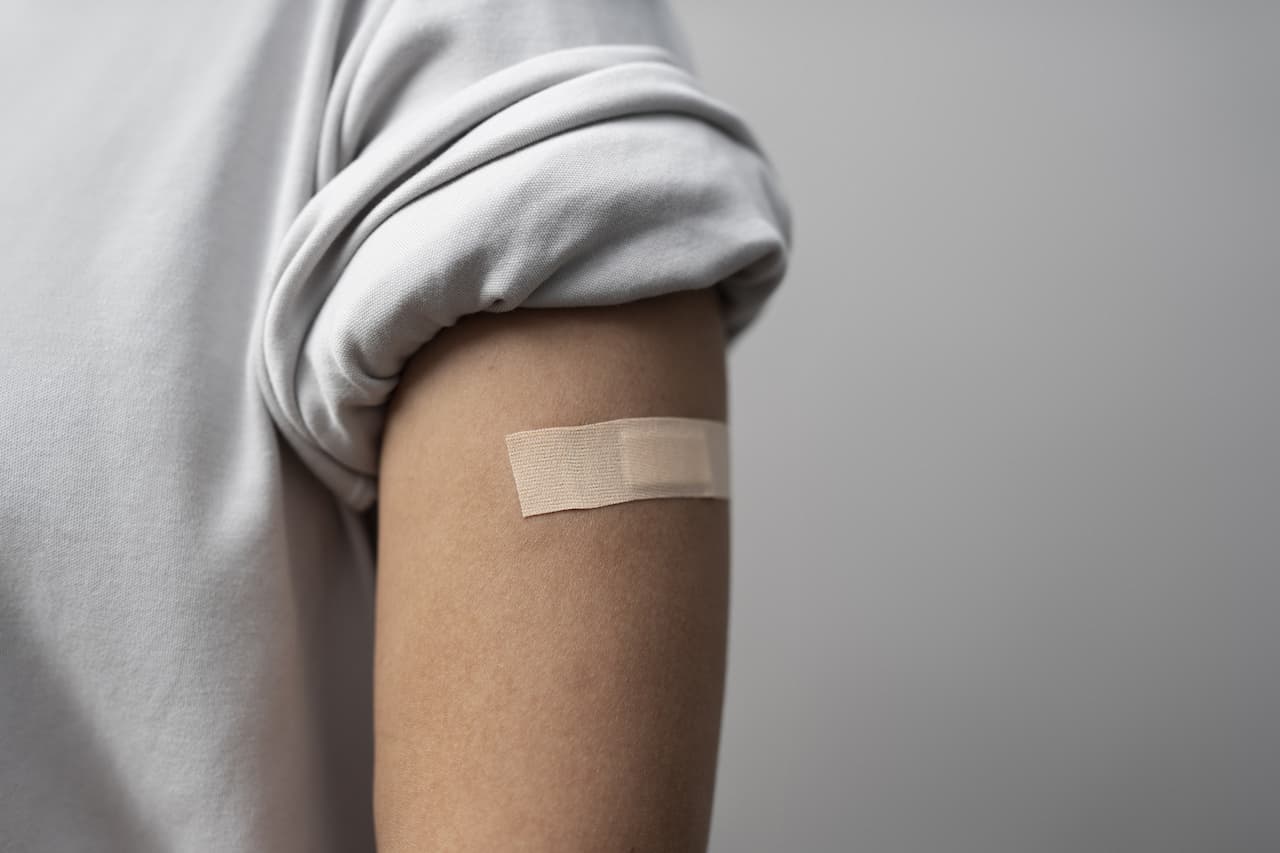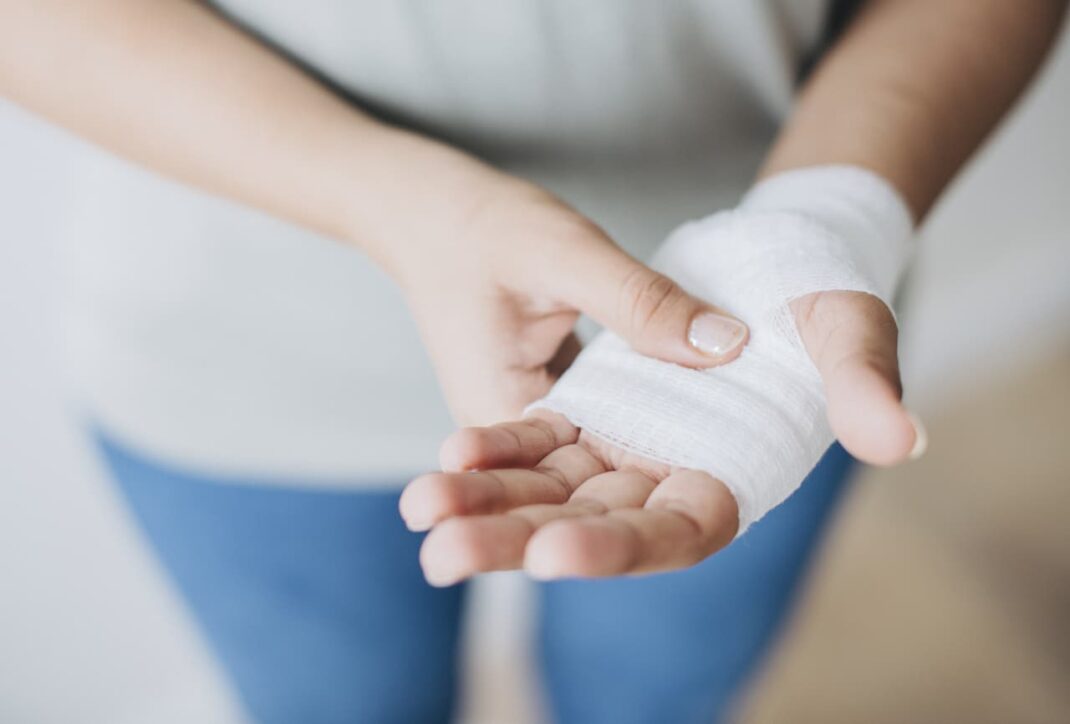First aid for cosmetology professionals

In the world of cosmetology, professionals are constantly working with sharp tools, chemicals, and various equipment, which can sometimes lead to accidents and injuries. Knowing how to provide first aid quickly and effectively is essential for the safety and well-being of both cosmetologists and their clients. This article outlines the importance of first aid knowledge, common injuries in the cosmetology field, and essential first aid procedures.
The importance of first aid knowledge in cosmetology
First aid knowledge is crucial for cosmetology professionals due to the inherent risks associated with their work environment. Cosmetologists handle sharp objects like scissors, razors, and needles, as well as chemicals that can cause burns or allergic reactions. Immediate and appropriate first aid can prevent minor injuries from becoming severe and can mitigate the effects of chemical exposures. Furthermore, being proficient in first aid instills confidence in clients, who are assured that they are in capable hands.
In a busy salon environment, the ability to quickly respond to an emergency can make a significant difference. For instance, knowing how to treat a cut can prevent infection and ensure that the wound heals properly. Similarly, understanding how to manage a chemical burn can minimize damage to the skin and reduce pain for the client. Additionally, having first aid skills ensures that the salon complies with health and safety regulations, which is important for maintaining a professional reputation and avoiding legal issues.
Common injuries in the cosmetology field
Cosmetology professionals are susceptible to a range of injuries due to the nature of their work. Some of the most common injuries include:
Cuts and Lacerations: These are often caused by scissors, razors, and other sharp tools used in hairdressing and other beauty treatments. Cuts can vary from minor nicks to deep lacerations that require medical attention.
Burns: Thermal burns can occur from hot tools like curling irons and straighteners, while chemical burns can result from exposure to harsh chemicals found in hair dyes, relaxers, and other beauty products. Both types of burns can cause significant pain and damage to the skin.
Allergic Reactions: Allergic reactions can happen due to exposure to various chemicals in beauty products. Symptoms can range from mild skin irritation to severe reactions such as difficulty breathing, which requires immediate medical intervention.
Repetitive Strain Injuries (RSIs): These injuries occur from repetitive motions such as cutting hair, applying makeup, or performing massages. RSIs can cause pain and discomfort in the hands, wrists, and shoulders, potentially leading to chronic conditions if not addressed.
Essential first aid procedures for cosmetologists
Being prepared with the knowledge of essential first aid procedures is key to handling accidents effectively. Here are some vital first aid steps for common cosmetology-related injuries:
Treating Cuts and Lacerations:
Minor Cuts: Clean the area with soap and water, apply an antiseptic, and cover with a sterile bandage.
Deep Cuts: Apply pressure with a clean cloth to stop the bleeding, elevate the injured area, and seek medical help if the bleeding doesn’t stop or the cut is deep.
Managing Burns:

Thermal Burns: Immediately cool the burn with running cold water for at least 10 minutes. Avoid using ice or very cold water, as this can cause further damage. After cooling, cover the burn with a sterile, non-adhesive bandage.
Chemical Burns: Rinse the affected area with plenty of water for at least 20 minutes to remove the chemical. Remove any contaminated clothing or jewelry and seek medical attention if the burn is severe.
Responding to Allergic Reactions:
Mild Reactions: Wash the area with soap and water to remove any remaining allergen, apply a soothing lotion or cream, and take an antihistamine if needed.
Severe Reactions: For symptoms such as swelling of the face or difficulty breathing, administer an epinephrine auto-injector if available, and call emergency services immediately.
Preventing and Managing RSIs:
Prevention: Encourage regular breaks, proper posture, and the use of ergonomic tools. Stretching exercises can also help prevent strain.
Management: For existing pain, rest the affected area, apply ice to reduce inflammation, and consider over-the-counter pain relief. Seek professional advice if the pain persists.
In conclusion, cosmetology professionals must be equipped with first aid knowledge to handle the various risks associated with their profession. Understanding how to respond to common injuries not only ensures the safety of both the cosmetologist and the client but also helps maintain a professional and trusted salon environment. Regular first aid training and being prepared with a well-stocked first aid kit are essential steps towards achieving this goal.